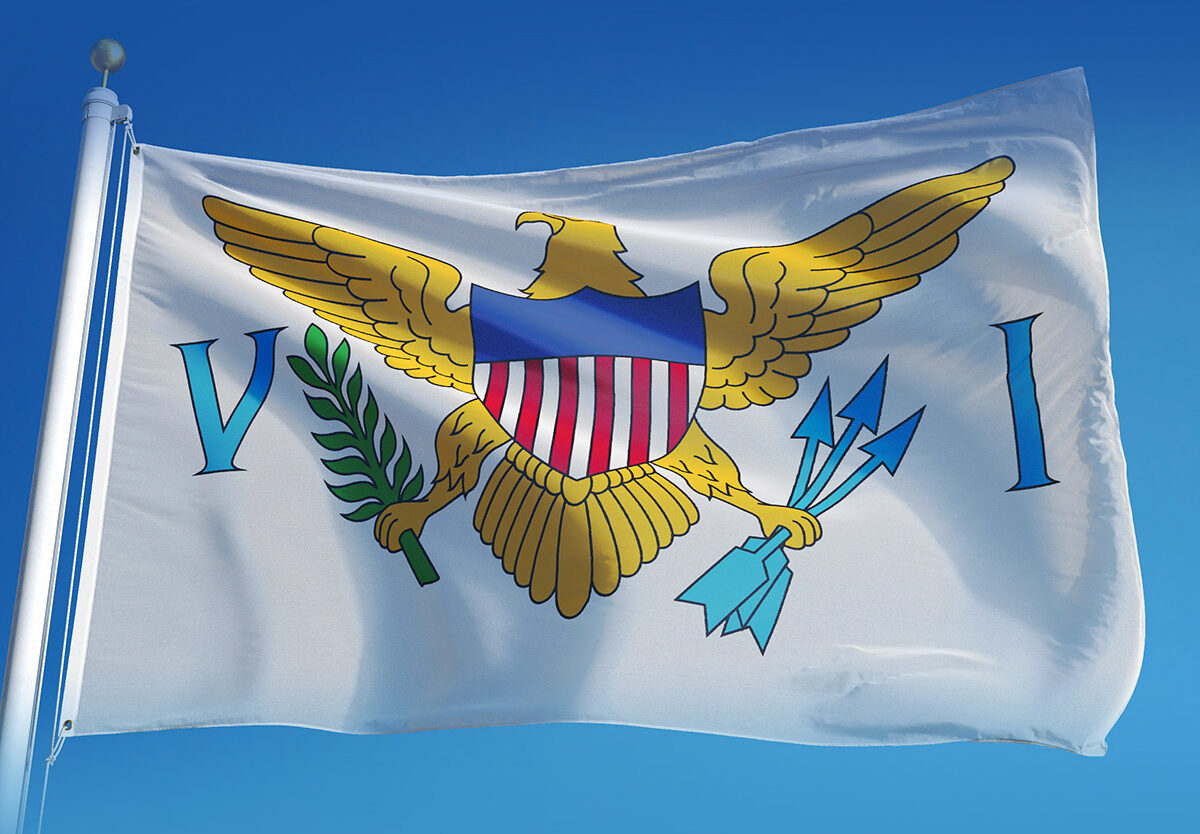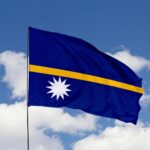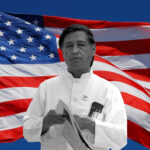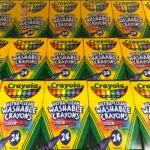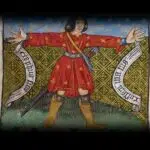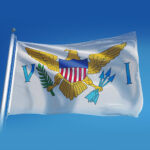A century ago, the United States made its final territorial acquisition with the purchase of the U.S. Virgin Islands. Located at the southernmost stretch of the Caribbean, the Virgin Islands are a group of three main islands — Saint Croix, Saint John, and Saint Thomas, and a cluster of 50 minor cays and islands. The day is celebrated throughout the Virgin Islands with great vigor. Parades are held at the state halls, and the American Flag is hoisted during the evening ceremony.
History of Transfer Day
The American military leadership began eyeing the Virgin Islands in the mid-1860s. The idea of the acquisition was put forward by the Secretary of State William H. Seward in 1867. For a negotiated price of $7.5 million, the Danish government ratified the sale. But the islands bore witness to intense catastrophe in the following year. Back home, the impending impeachment of President Andrew Johnson upset the proceedings even further, and the plan was finally dropped. Decades passed but the notion of a Caribbean naval base persisted with the top diplomats of the United States.
In 1900, the Secretary of State John Hay initiated the second round of negotiations, and a sale was agreed upon for $5 million. However, this time, the Danish waged their revenge and blew the deal out of the Panama Canals.
The relations between the two holdings remained sour for the majority of the early 20th century. However, the fear of European expansion in the Caribbean pushed the American diplomats to enter into a fresh round of negotiations. In March 1916, the United States offered $25 million in gold coins in exchange for the immediate cessation of the Virgin Islands. The deal was finalized in the same year, and the treaty was approved by the U.S. Senate on September 7, 1916.
Although the sale was ratified to establish a U.S. military stronghold in the Caribbean, the island proved to be a lucrative investment because of the booming tourism industry. Today, Virgin Islanders are American citizens with a seat in Congress and many constitutional protections. March 31 is celebrated to honor the peaceful cessation of the islands and the strategic expansion of the American empire.
Transfer Day timeline
Denmark occupies St. Thomas and begins consolidating the adjacent islands of St. John and St. Croix through siege and/or purchase.
The British acquire the islands after the fall of the Danes and hold on to them until the Danish win them back in 1815.
The United States of America purchases the three islands for $25 million.
The American constitution grants citizenship to the inhabitants of the Virgin Islands.
Transfer Day FAQs
Is Transfer Day a federal holiday?
Transfer Day is a public holiday and the majority of businesses and schools stay closed.
Which nationality do the Virgin Islanders have?
The Virgin Islanders are U.S. citizens. Because they derive their citizenship from a constitutional statute, the Islanders can not participate in federal elections but since 1970, they have been able to elect a delegate to represent them in the United States Congress.
Do U.S citizens need a passport to visit the Virgin Islands?
U.S. citizens arriving from the mainland and Puerto Rico do not need to present a passport or visa to enter the Virgin Islands.
How To Observe Transfer Day
Reenact the ceremony
It is fair to say that the Transfer Day ceremony had a bit of a dramatic flair. From the lowering of the Dannebrog (the Danish flag) to the swelling number of generals as the Star-Spangled Banner filled the air. On March 31, stage a skit of your own.
Read about the history
The U.S. Virgin Islands have been home to humans since 1000 B.C. From the native inhabitants to the Danish occupation, the islands have a rich and diverse history. The islands have also borne witness to mass ethnic cleansing, displacement, slavery, and other atrocities. On Transfer Day, take a quick crash course on America’s Caribbean territory.
Eat Red Grout
Red Grout is a traditional Danish pudding, made from guavas and tapioca. It’s a delicacy on the U.S. Virgin Islands and is served to locals every year on Transfer Day. The dish is easy to make and is enjoyed best with a scoop of vanilla cream.
5 Lesser Known Facts About The U.S Virgin Islands
A fight for freedom
A century before the United States outlawed slavery, the islanders led an unsuccessful slave rebellion in 1733.
The bioluminescent nightlife
Pockets of the Virgin Islands light up at night due to the clusters of tiny plankton, called dinoflagellates, spread all across the space.
The party of the pirates
The Virgin Islands remain a safe haven for the pirates, a practice that started in the 17th century when Governor Adolph Esmit allowed them to enter the area for lucrative trade opportunities.
Christopher Columbus coined the name
Colombus stopped by the islands in 1493 and named the cluster of lands ‘The Virgins’ in honor of Saint Ursula and her 10,000 virgins.
Home to Alexander Hamilton
One of the Founding Fathers of the U.S., Hamilton spent a sizable chunk of his youth on the streets of St. Croix, working as a clerk and experimenting with his writing.
Why Transfer Day is Important
It celebrates diversity
The islands stretch across the Caribbean and are home to a diverse community of Native, Black, and Latino Americans. Transfer Day illuminates the rich contribution of these societies to the fabric of America.
It uplifts the tourism industry
Tourism is the backbone of the Virgin Islands’ economy. Over 50% of the Virgin Islanders are employed in the hospitality and travel-related industries. Transfer Day educates us about the hidden beauty of the islands.
It honors the strategic triumph
The bloodless, strifeless transfer was made possible after years of strategic negotiations and good-faith politics. At the dawn of World War I, the acquisition prevented the establishment of a German stronghold across the Caribbean coast as well.
Transfer Day dates
| Year | Date | Day |
|---|---|---|
| 2026 | March 31 | Tuesday |
| 2027 | March 31 | Wednesday |
| 2028 | March 31 | Friday |
| 2029 | March 31 | Saturday |
| 2030 | March 31 | Sunday |
